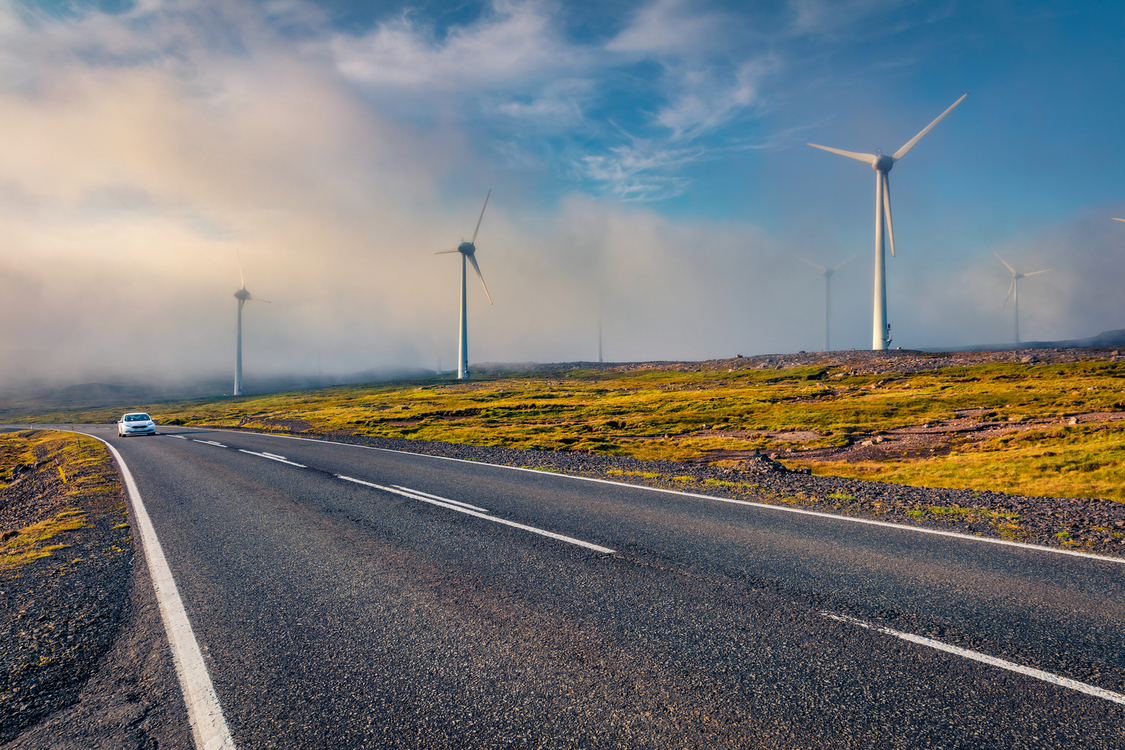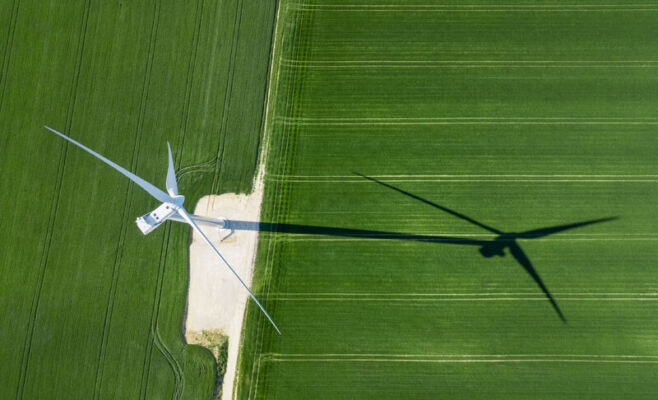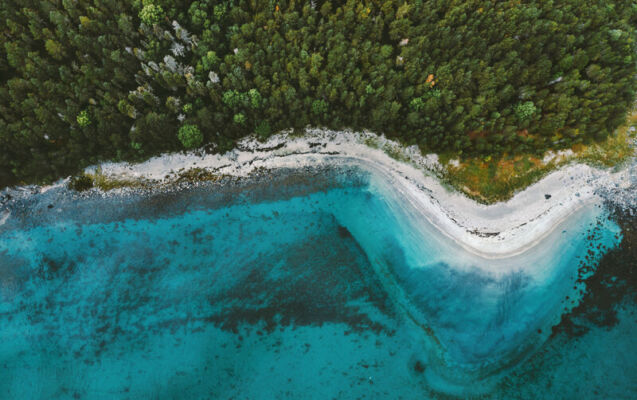Iceland is home to an abundance of renewable resources, especially in geothermal energy and hydropower. Renewables cover more than 70 percent of the country’s energy needs, while outsourced power is mainly used by ships and motor vehicles.
Energy demand is rising in Iceland
Hot springs supply the majority of households directly with hot water and generate electricity through their steam, which then passes through steam turbines. In addition, Iceland’s waterworks generate about 6.4 billion kWh of electricity per year.
Until now, there has been no need for further renewable sources of electricity. Yet, the demand for energy is increasing in Iceland as well, and there are plans to export electricity. However, Iceland’s existing hydroelectric power plants are not sufficient for this purpose, and building new ones is proving difficult due to opposition from the population.
The first test turbines were installed by the energy provider Landsvirkjun about ten years ago near the Búrfell hydroelectric power plant. The two wind turbines have a hub height of 55 m and reach a total of around 1.8 MW.
Giving the public a say in wind power expansion
The time to start is now. Alongside his newly appointed task force, Energy Minister, Guðlaugur Þór Þórðarson, wants to find the best ways to acquire wind farms. Interest groups, municipalities, and non-profit organizations are invited to express their suggestions and concerns.
Based on their input, the task force will make recommendations that will be drafted into a new law to facilitate the construction of wind farms. Some of the proposals have already been agreed upon in advance. To reduce environmental impact, wind farms should only be built around substations and transmission lines.
Icelandic offshore wind farms planned for the UK
A major project is already being planned offshore. It will include a 10-GW wind farm with fixed and floating turbines – to be built off the south and east coasts of Iceland. The first turbines with an initial capacity of 2,000 MW are to be commissioned in 2025 – although this will have no impact on the Icelanders’ energy bill. With the help of high-voltage sea cables, the wind farm is to be connected exclusively to the British power grid, so the electricity will never flow into the Icelandic transmission system. Nevertheless, Icelanders are also expected to benefit from the project. Up to 500 new jobs are set to be created in the south and east of Iceland.



